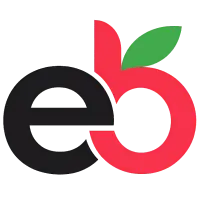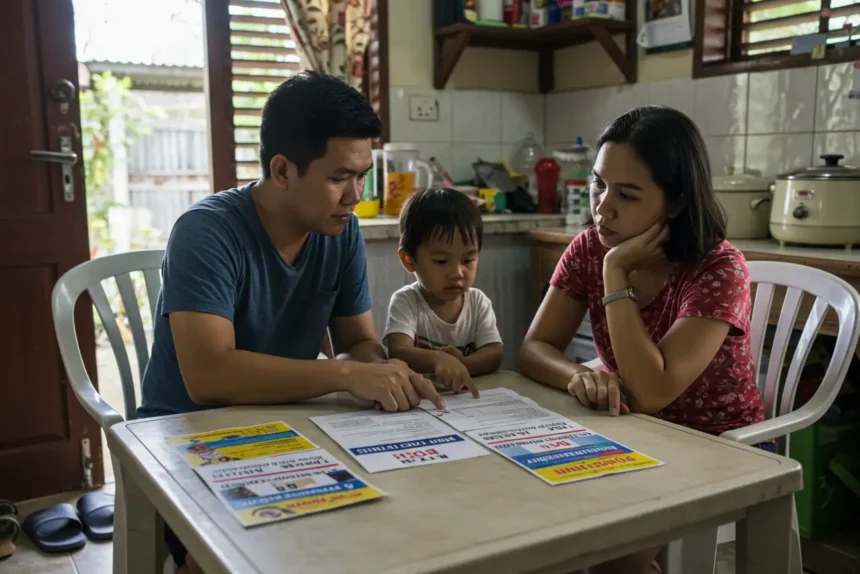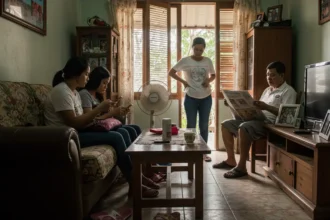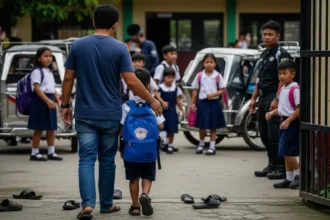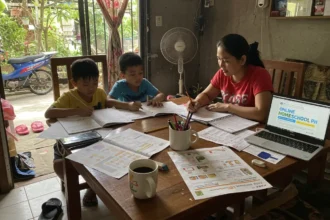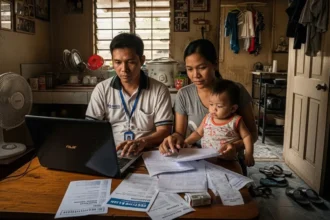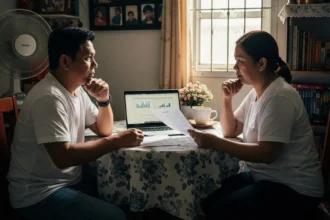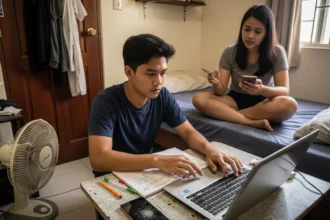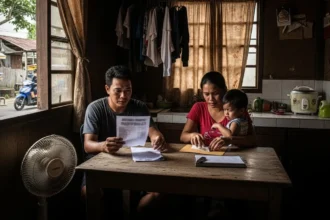For Filipino parents, one of the biggest decisions is choosing the right school. Should you enroll your child in a public school, invest in a private school, or consider homeschooling? Each option has its own strengths and challenges, and the choice often depends on your child’s needs, your family values, and your resources.
In this guide, we’ll explore the different education options in the Philippines-looking at costs, academic quality, environment, and socialization. Whether you want a well-rounded community experience, a more structured private education, or the flexibility of learning at home, this article will help you weigh the pros and cons so you can decide what works best for your family.
| Factor | Public School | Private School | Homeschool |
|---|---|---|---|
| Tuition / Cost | Free tuition; minimal fees for uniforms/projects | ₱20k–₱200k+ per year, depending on school | ₱5k–₱10k (independent) to ₱30k–₱80k+ (provider) |
| Class Size | Large (40–50+ in urban areas) | Smaller (20–30, sometimes fewer) | 1-on-1 or small family co-ops |
| Curriculum | Standard DepEd K–12 | DepEd + enhanced (faith-based, progressive, international) | Parent chooses (DepEd modules, provider programs, or international) |
| Facilities | Varies: some underfunded, others strong (science highs) | Generally better (labs, gyms, libraries, AC rooms) | Limited; parents may outsource labs/sports |
| Socialization | Strong peer and community exposure | Peer exposure, clubs, extracurriculars | Parent-organized (co-ops, sports, church, neighbors) |
| Flexibility | Fixed schedules, AM/PM shifts in crowded areas | More structured, but rules vary by school | Highly flexible, tailored to child’s pace |
| Ideal For | Families on a budget; resilient, community-based learning | Families who can afford and value smaller classes, facilities, or religious/progressive teaching | Families with time and commitment; kids with special needs, unique talents, or anxiety in traditional school |
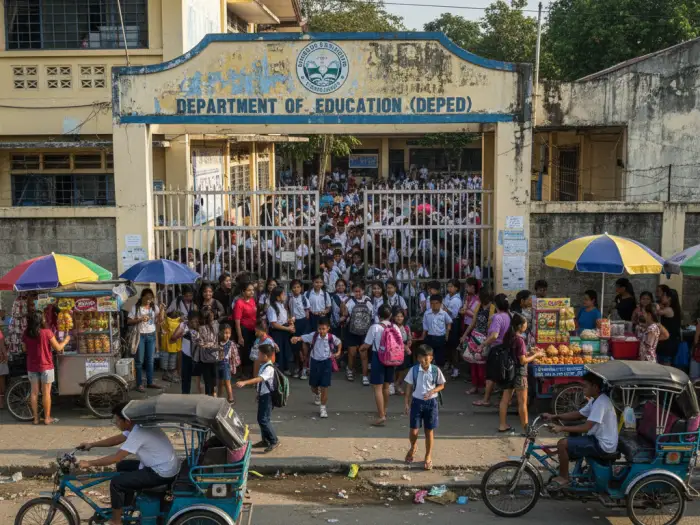
🏫 Public School in the Philippines
Public schools remain the backbone of the country’s education system. For many Filipino families, especially those with limited budgets, they are the most accessible and realistic option. When weighing public vs private school Philippines, cost is often the deciding factor, but public schools offer more than just affordability-they provide a sense of community and cultural grounding that’s uniquely Pinoy.
✅ Advantages of Public Schools
-
Free tuition and accessibility – From elementary to senior high, tuition is free under government programs. Every town, even in remote barrios, usually has a public school, making them highly accessible.
-
Community spirit – Events like Brigada Eskwela (school clean-ups), Buwan ng Wika, and barangay sports fests bring families together, fostering a strong sense of bayanihan.
-
Standardized curriculum – All public schools follow the DepEd K–12 program, ensuring consistency nationwide. Many specialized schools-like Philippine Science High or certain public science high schools-produce top-performing students.
-
Diversity of classmates – Kids meet peers from different backgrounds, often neighbors from the same community, which builds resilience and social skills.
⚠️ Challenges to Consider
-
Overcrowded classes – In urban centers, classrooms may have 40–50+ students, limiting individual attention.
-
Facilities and resources – Some schools lack updated computers, lab equipment, or even enough chairs.
-
Quality varies – While some public schools excel, others struggle due to underfunding or lack of teachers.
-
Teacher workload – Teachers are qualified but often overworked, juggling large classes and administrative tasks.
-
Shifting schedules – Double or triple sessions (AM/PM classes) are common in crowded schools, which can tire students.
👨👩👧 Ideal For
Public schools are ideal for families who want their children to learn in the heart of their community, surrounded by peers from varied walks of life. They are also a strong choice for families on a tight budget, or for children who aim to enter competitive public science high schools later. For parents who value exposure to the real world and public school advantages in PH, this option provides an education that is both accessible and culturally grounded.
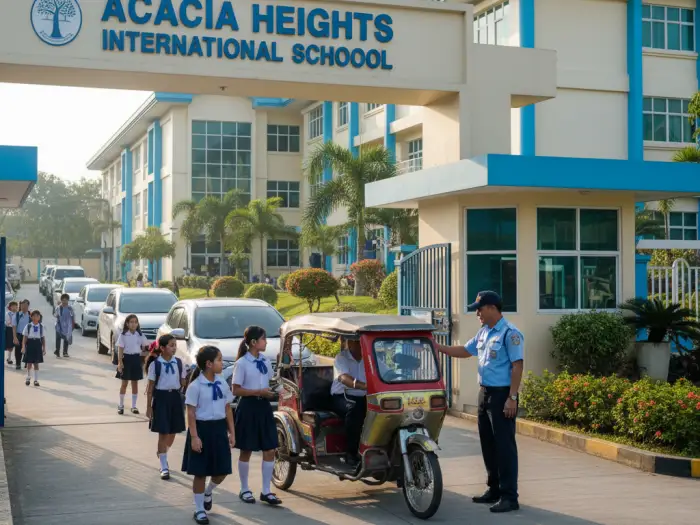
🎓 Private School in the Philippines
Private schools offer families a more controlled and customized learning environment. For parents who can afford the tuition, private education often promises smaller class sizes, better facilities, and a structured focus on academics or values. When comparing DepEd vs private curriculum, it’s important to note that while most private schools follow DepEd’s K–12 competencies, many add their own enhancements-like advanced English programs, faith-based instruction, or specialized teaching methods.
✅ Advantages of Private Schools
-
Smaller classes, more attention – With fewer students per teacher, kids often receive more personalized instruction.
-
Better facilities – Depending on the school, expect air-conditioned classrooms, science and computer labs, gyms, or music rooms.
-
Variety of teaching styles – Families can choose schools based on philosophy: Catholic schools for religious formation, Montessori for independence, or international schools for global readiness.
-
Extracurricular opportunities – From debate teams to robotics clubs, private schools often offer more activities that help children develop talents outside academics.
-
Stricter discipline and safety – Security guards, ID systems, and clearer anti-bullying policies are commonly enforced.
⚠️ Challenges to Consider
-
High costs – Private school tuition in the Philippines varies widely: as low as ₱20,000/year in smaller provincial schools to ₱200,000+ in elite or international schools. For families with multiple children, this can be a serious financial burden.
-
Academic and social pressure – Elite schools can be highly competitive, with heavy homework loads and affluent classmates. This can lead to stress, peer pressure, or feelings of being “out of place” if social gaps are wide.
-
Not always superior quality – Paying more doesn’t always guarantee better teaching. Some small private schools may underperform compared to top public ones.
👨👩👧 Ideal For
Private schools are ideal for families who value smaller class sizes, faith-based formation, or specialized teaching approaches. They are also a good fit when the local public school is underperforming or unsafe. Families who want to prepare their child for college with strong English fluency or internationally aligned curriculum may also choose private education.
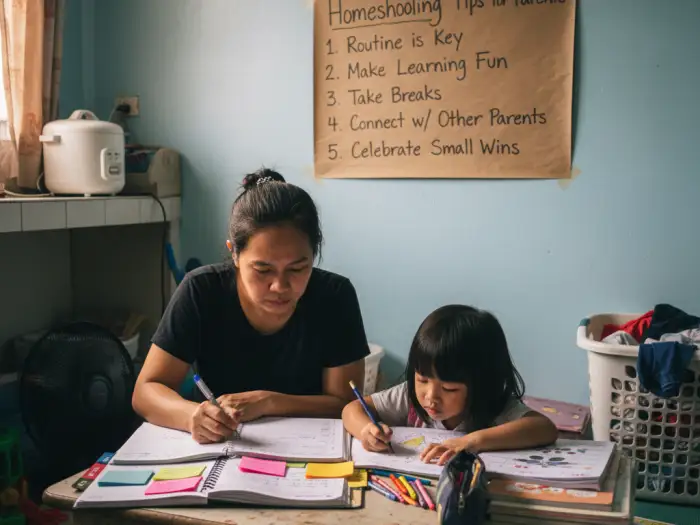
🏠 Homeschool in the Philippines
Homeschooling has steadily grown in popularity, especially after the pandemic showed families that education can happen effectively outside traditional classrooms. For parents exploring homeschool vs traditional school PH, homeschooling offers a flexible alternative where learning can be tailored to the child’s pace, interests, and family values. While it requires commitment, it also provides freedom that public or private schools can’t always match.
✅ Advantages of Homeschooling
-
Flexibility – Parents can set their own schedules, allowing kids to learn when they are most alert and focused.
-
Personalized learning – Lessons can be adapted to fit a child’s strengths, weaknesses, and passions. A math concept can be taught using cooking, while history lessons can tie into family heritage.
-
Family-centered values – Parents can incorporate cultural lessons, faith formation, or additional languages.
-
Safe environment – Homeschooling shields children from bullying, long commutes, or stressful school environments.
-
Cost control – Independent homeschooling can be done with free DepEd modules or affordable secondhand books, while provider-based programs cost less than elite private tuition but still offer support.
-
Community support – Many homeschool groups now exist in the Philippines, organizing co-ops, sports days, field trips, and even graduation ceremonies.
⚠️ Challenges to Consider
-
Time commitment – A parent or guardian must devote significant time to teaching and supervision. Working parents may struggle unless they hire tutors.
-
Socialization gaps – Children won’t have daily exposure to classmates, so parents must actively seek social activities (sports clubs, church youth groups, neighborhood friends).
-
Facilities and resources – Science labs, sports programs, and art workshops may be limited unless parents join co-ops or outsource to tutors.
-
Academic accountability – Parents need to track progress carefully. Homeschool providers help with records, but independent homeschoolers must register for DepEd’s PEPT or ALS exams for official grade level certification.
-
Stigma and skepticism – Though fading, some relatives or peers may still question homeschooling’s legitimacy. Parents must be ready to explain and prove that homeschooled kids can succeed academically and socially.
👨👩👧 Ideal For
Homeschooling is best for families who want to integrate education closely with their values and lifestyle. It’s also ideal for children with special needs, kids who’ve struggled with bullying, or families who move frequently. With proper planning, homeschooling can produce independent, confident learners-and many homeschooling pros and cons in PH show that while it’s not for everyone, it can be a transformative choice for the right family.
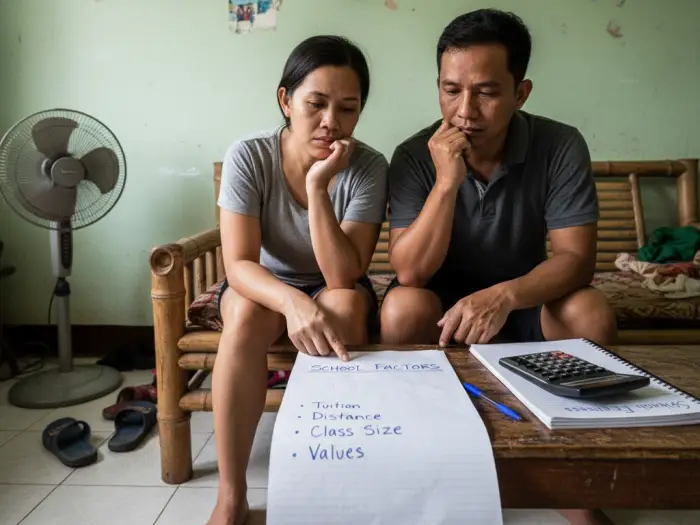
🔑 Key Factors to Consider
Every child is different, and so is every family. When choosing a school for your child, it’s important to weigh not just academics but also lifestyle, budget, and personality. Here are some of the most important factors to think about before making a decision.
💸 Budget and Finances
-
Public schools – Free tuition, but parents may still spend for uniforms, projects, and occasional tutorials.
-
Private schools – Tuition can range from affordable parochial schools (~₱20,000/year) to elite institutions (~₱200,000+ per year). Multiply this by the number of children you have and consider sustainability over the long term.
-
Homeschooling – Costs vary: independent homeschooling can be as low as ₱5,000–₱10,000/year (for books and materials), while provider-based programs may cost ₱30,000–₱80,000/year. However, one parent may need to reduce working hours to teach.
| Education Option | Typical Annual Cost | Notes |
|---|---|---|
| Public School | Free tuition; ₱3k–₱10k for uniforms, projects, misc. | Most affordable, but may need extra tutoring if classes are large. |
| Private School | ₱20k–₱200k+ depending on school | Higher costs; facilities and quality vary widely. |
| Homeschool | ₱5k–₱10k (independent) / ₱30k–₱80k+ (provider) | Cost depends on parent teaching vs. provider support. |
💡 Ask yourself: Can we sustain this expense for the next 6–10 years, without sacrificing essentials like food, healthcare, or savings?
👩👦 Child’s Personality and Needs
-
Extroverted kids may thrive in public or private schools where there are more peers to interact with.
-
Introverted or anxious kids may feel safer in a homeschool setting where pressure is lower.
-
Special needs learners might require the smaller classes of private schools or the personalized pace of homeschooling.
💡 Observe how your child learns best. Are they more focused in groups, or do they excel in one-on-one setups?
📚 Academic Quality and Curriculum
-
DepEd vs private curriculum – Public schools strictly follow DepEd standards. Private schools follow the same but may add advanced lessons, foreign languages, or religious instruction.
-
Homeschooling – Parents can follow DepEd’s K–12 modules or international programs. Quality depends on the parent’s consistency and available resources.
💡 Research the schools near you. Don’t assume private automatically means better; some public science high schools outperform even pricey private institutions.
🌍 Values and Environment
-
Public schools – Encourage resilience, adaptability, and community spirit.
-
Private schools – Can provide a values-based environment (religious, progressive, or international).
-
Homeschooling – Gives parents full control over values and lessons, integrating family culture and faith.
💡 Think about what kind of environment will help your child grow not just academically, but also emotionally and morally.
🎯 Future Plans and Goals
-
Does your child aim for competitive local universities or even study abroad?
-
Some schools (like Philippine Science High or IB international schools) are better pipelines for certain careers.
-
Homeschoolers can also enter top universities-but you’ll need to guide them carefully through exams and accreditation.
💡 Long-term vision matters. If your child shows early talent in arts, sports, or STEM, choose a school path that nurtures those skills.
| Option | Peer Interaction | Extracurriculars |
|---|---|---|
| Public School | Daily exposure to diverse peers in the community | School-organized events (sports, brigada, cultural fests). |
| Private School | Peer groups, smaller class sizes, more controlled environment | Clubs, sports teams, arts, leadership training. |
| Homeschool | Limited daily interaction; parent must plan | Co-ops, church groups, sports clubs, homeschool proms & events. |
🔄 Combination and Switching Options
One of the biggest misconceptions about education in the Philippines is that you must stick to one system forever. In reality, many families adjust their approach as circumstances change-whether for financial reasons, a child’s evolving needs, or even opportunities that arise later on. Making a homeschool or school decision doesn’t have to be permanent.
Common Combinations in Filipino Families
-
Public for early years, private for high school – Many parents enroll their kids in public schools during elementary to save on costs, then transfer to private high schools for smaller classes and stronger English preparation.
-
Homeschool in the early grades, then private school later – Some families homeschool until Grade 6 to build strong values and character at home, then transition to a traditional school in high school for social preparation.
-
Private elementary, public science high – Competitive students may transfer to science high schools like Philippine Science High or regional science schools, which are free but academically prestigious.
-
Temporary homeschooling – Families sometimes shift to homeschooling during health crises, relocations, or bullying issues, then return to traditional schooling once situations stabilize.
Things to Keep in Mind When Switching
-
Adjustment period – Kids coming from homeschool may need to adapt to classroom rules, deadlines, and group work. Similarly, kids transferring from public to private might adjust to stricter discipline or heavier workloads.
-
Documentation – Always secure school records, report cards, or certificates from previous schools. Homeschoolers may need PEPT (Philippine Educational Placement Test) or ALS exams for grade placement.
-
Emotional readiness – Talk to your child before switching. Sudden changes without explanation can cause stress or resistance. Prepare them for what’s different (uniforms, schedules, new classmates).
-
Financial planning – If planning to transfer to private later, budget years in advance. Tuition fees rise almost yearly.
Flexibility is Strength
The good news: Filipino families are resourceful. Whether you shift from public to private, or experiment with homeschooling for a season, what matters most is communication and preparation. Switching can open doors, as long as parents guide children gently through the transition.
❓ FAQs on Education Options in the Philippines
1. Is private school always better than public school?
Not necessarily. While private schools may have smaller classes and better facilities, some public schools-especially science high schools-outperform them academically. Quality depends on the specific school, not just the label.
2. How much is the average private school tuition in the Philippines?
It varies widely. Smaller provincial schools may charge ₱20k–₱40k per year, while big Metro Manila or international schools can go ₱150k–₱200k+. Always consider long-term affordability.
3. Can homeschooled kids go to college in the Philippines?
Yes. They may need to take PEPT or ALS exams for grade placement, but many homeschool graduates have successfully entered top universities like UP, Ateneo, and La Salle.
4. What are the main public school advantages in PH?
Free tuition, accessibility, and a strong sense of community. Children also interact with peers from diverse backgrounds, which helps build resilience and social awareness.
5. Isn’t homeschooling only for rich families?
Not at all. Independent homeschooling can be very affordable, using free DepEd modules and secondhand books. Provider-based programs cost more, but still less than elite private tuition.
6. What if my child struggles socially in homeschool?
Parents can join co-ops, church groups, or sports clubs to give their kids social exposure. Many homeschoolers actually become very socially adaptable because they interact with people of all ages.
7. Can I move my child from private to public (or vice versa)?
Yes, families often switch depending on budget, performance, or opportunities. Just prepare your child emotionally and secure proper documents for smooth transfer.
8. Which option is best for children with special needs?
It depends on the child. Some benefit from small private schools with special education programs, while others thrive in homeschooling with personalized attention. Public schools may have SPED programs but availability varies.
9. Do private school students really have an advantage in English?
Generally yes, since many private schools emphasize English proficiency. However, motivated public or homeschool students can achieve the same level with practice, reading, and exposure.
10. How do I know if I made the right choice?
Look at your child’s growth. If they’re learning well, socially adjusting, and emotionally balanced, your choice is serving them. Remember: the best school is the one where your child thrives, not just the one with the highest prestige.
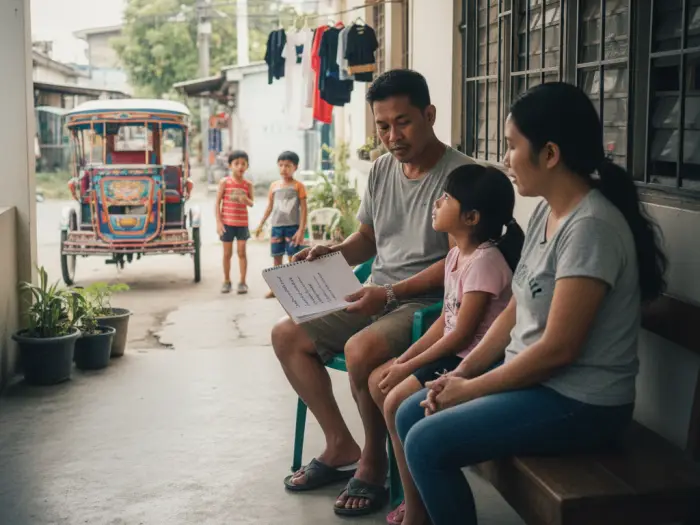
📝 Key Takeaways for Filipino Parents
-
✅ Public schools are free and accessible, offering strong community spirit but may face challenges like overcrowded classes and limited facilities.
-
✅ Private schools provide smaller classes, better facilities, and specialized curricula, but tuition costs can be very high.
-
✅ Homeschooling gives ultimate flexibility and personalization but requires a major time commitment from parents and careful socialization planning.
-
✅ When choosing a school for your child, consider not just academics but also budget, environment, values, and your child’s personality.
-
✅ Education is not a one-time decision-families can switch between public, private, and homeschool depending on life changes or opportunities.
-
✅ The best school option is not about prestige, but where your child can learn, grow, and thrive with your support.
| Option | Curriculum Approach | Learning Style |
|---|---|---|
| Public School | Standard DepEd K–12 | Structured, teacher-led, classroom-based. |
| Private School | DepEd K–12 + enhancements (religious, progressive, international) | Structured but can vary; more resources and extracurriculars. |
| Homeschool | Flexible (DepEd modules, provider-based, or international) | Child-paced, parent-guided, adaptable. |
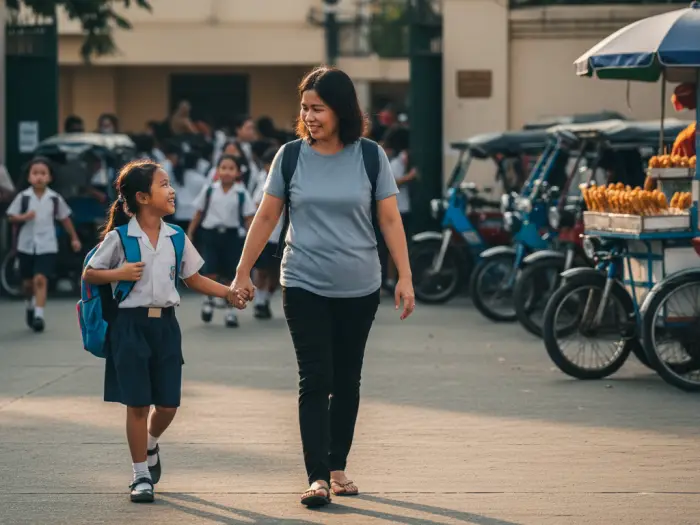
🌟 Choosing Education with Love and Purpose
At the end of the day, whether you choose public, private, or homeschool, what matters most is that the decision is guided by love, practicality, and your child’s unique needs. Schools shape knowledge, but it’s the family’s support, encouragement, and values that truly define a child’s success.
There’s no single “best” option-only the one that fits your family’s situation. Some children thrive in the lively community of public schools, others in the structured environment of private education, and still others in the flexible rhythm of homeschooling. Whatever path you take, remember: with your guidance, encouragement, and presence, your child can flourish and achieve their full potential.
Education is not just about the school you choose-it’s about the journey you take together as a family. 💖
📚 References
-
Department of Education (DepEd) – K to 12 Basic Education Program
-
Homeschoolers of the Philippines (Facebook Community)
-
Philippine Science High School (PSHS) System
-
Philippine Educational Placement Test (PEPT)
-
National Association of Independent Schools (NAIS)
-
Homeschool Global (Philippines)
